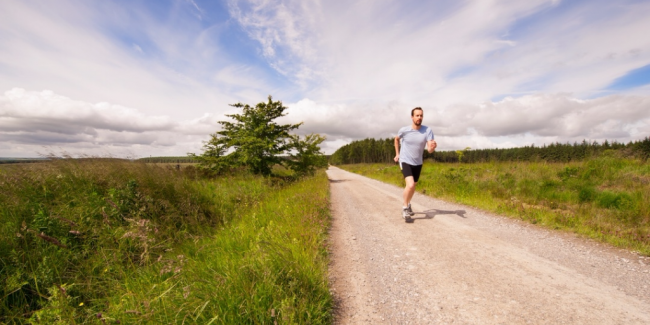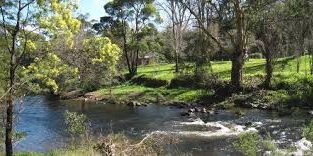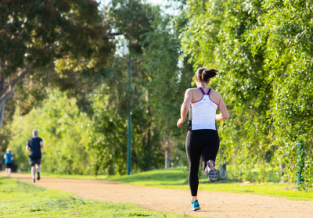Week 2: Great Ocean Road Running Festival 2017
Published on
06 Mar 2017

Call us on: (03) 9975 4133
If you’re taking part in this year’s GOR half marathon, we’ll see you there! This week we continue our prep for the 23km journey – follow our training plan to go the distance this May.
Surface Tips
Before you get stuck into your training program, an important thing to consider is the surface you run on.
Runners are all very familiar with their mother, colleagues and friends chiming in with: ‘don’t run on the concrete, you will ruin your knees!’.
So what surface is best for our bodies? Runners can choose from a huge variety of surfaces, including grass, trails, asphalt and treadmills. So what should we consider when choosing our running route?
Science Says
Surprisingly, no conclusive studies have looked at the effects of consistent running on a range of different surfaces, but we can extract some insightful facts from current literature (referenced from painscience.com):
- Humans are able to adapt to a new running surface in just one step by adjusting leg stiffness – essentially your body’s shock absorption. This suggests we are actually quite tolerant of different running surfaces. The research does not highlight the different energy demands of muscles when changing surface. Therefore, like anything new, make it a gradual transition to allow time for your body to adapt.
- Runners have a reduced risk of arthritis and hip replacement according to a 2013 study. It has been hypothesised that this represents the influence of body weight, with most runners being typically leaner than the average individual. High body weight is a factor contributing to osteoarthritis.
Treadmill vs. Asphalt
The treadmill provides a safe, even and soft surface compared with asphalt. Most running races are run on an asphalt surface; therefore, it is important your body begins to adapt to this type of load.
Treadmills are often a great choice for an easy mid-week recovery run. The treadmill is also a great pace setter so it is important you learn to maintain your running speed as you fatigue without the help of the treadmill.
Trail vs. Grass
A quality grass surface is a great option for runners returning from a stress reaction injury. Grass allows you to gradually build towards running on surfaces that demand higher ground reaction forces. For those with plantar fasciitis, ankle or mid foot sprains – the higher muscle energy demands of soft surfaces can overload the tissue. Trails are often a softer surface, but a definite no go for athletes with ankle instability due to the risk of re-injury.
Week 2: From the 6th of March
Tuesday – Fartlek/Interval
- Warm up 10 mins (2km)
- 10 x 1 min (1 min easy jog recovery)
- 5 mins threshold pace
- Cool down (3km)
- Total of 8km
Thursday – Fartlek/Interval
- Easy 7km jog.
Saturday – Hills/Tempo
- Warm up 10 mins (2km).
- 2 x 5 mins (2 mins easy jog).
- 3 x 3 mins (1 min easy jog).
- Cool down (2km).
- Total of 8km.
Sunday – Long run
- Total of 10km.
Overall distance goal: 33km for Week Two.
We’re Here to Help!
To decide your ideal surface, make sure you consider your injury history and your previous training experience. Build your mileage gradually on a new surface and don’t forget to keep some variety!
If you need further support or information on training programs, we are here to help you curate something that works for you. Don’t hesitate to get in touch with one of our friendly staff today.
Let us know how your training is going – the Pure Physio team is looking forward to seeing you fit and ready in 12 weeks!


